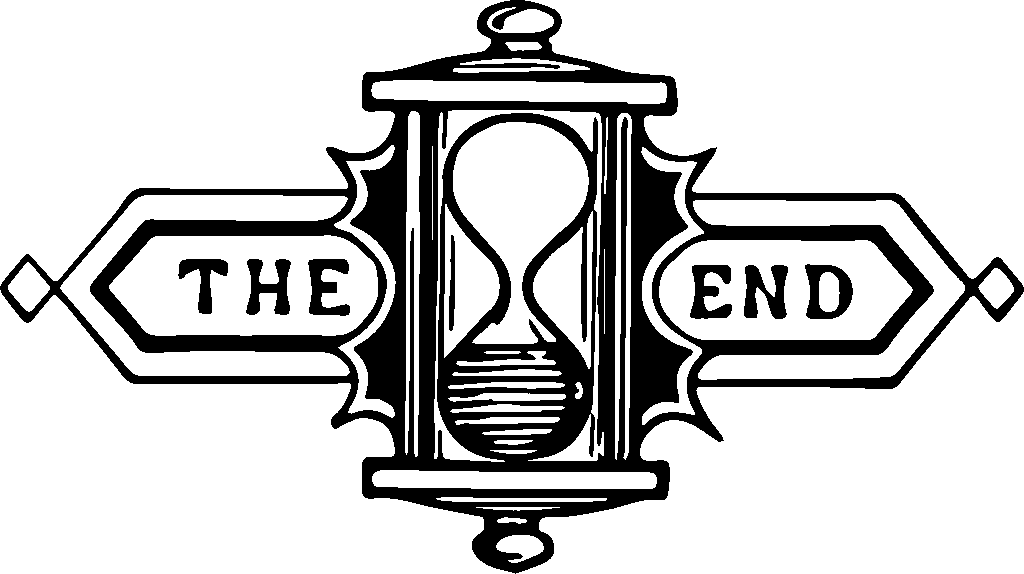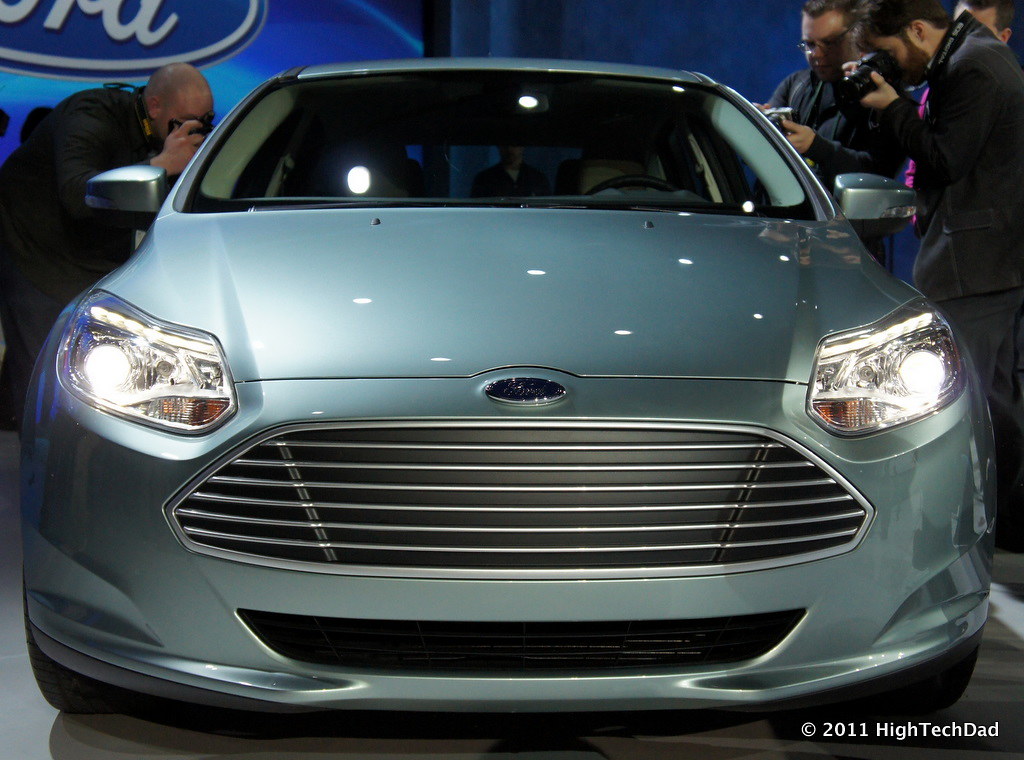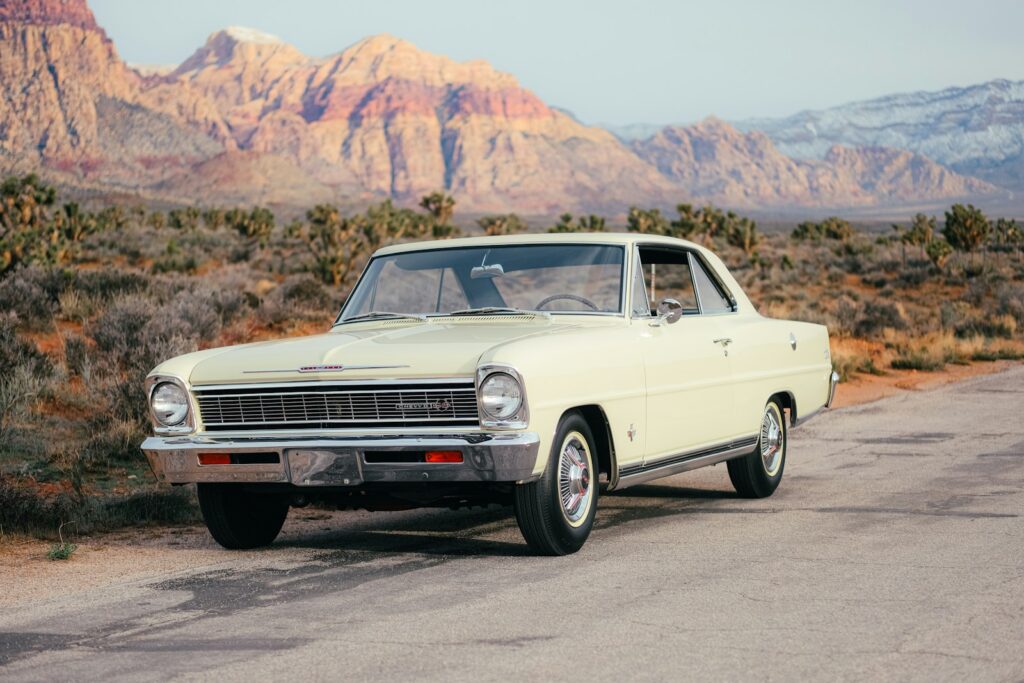
Maserati, the esteemed Italian automaker, has long captivated the hearts of automotive enthusiasts worldwide with its blend of luxurious design and exhilarating performance. The iconic Trident badge has adorned some of the most capable and breathtakingly gorgeous sports cars, luxury sports sedans, and supercars to ever grace the road. At the core of every Maserati lies an engine that delivers not just horsepower, but also a distinct character and a spine-tingling sound, embodying a deep-rooted passion for driving.
For years, a common assumption among many was that Maserati engines were simply rebadged Ferrari powerplants, a notion fueled by the two brands’ intertwined history. However, the reality of who manufactures Maserati engines is far more nuanced and has undergone a significant evolution over the decades. The answer isn’t as straightforward as a single manufacturer; instead, it’s a rich tapestry of historical partnerships, strategic independence, and cutting-edge in-house engineering.
This journey will take us deep into the fascinating world of Maserati’s engine origins, dissecting the storied collaborations that defined an era and showcasing the monumental steps the brand has taken toward self-sufficiency. We’ll explore the meticulously engineered powerplants that fuel Maserati’s exceptional performance today, clarifying exactly who is responsible for crafting these mighty beasts. Prepare to uncover the dedication to quality and innovation that continues to define the spirit of the Trident.

1. **The Ferrari-Maserati Engine Partnership: A Historical Overview**
The intricate relationship between Maserati and Ferrari stands as one of the most compelling narratives in Italian motoring history. This partnership began to solidify after financial struggles in the early ’90s led Fiat to acquire Maserati, drawing it closer to its long-time racing rival, Ferrari. Eventually, Ferrari itself purchased a 50% stake in Maserati, setting the stage for an influential period of shared engineering and development.
One of the most notable fruits of this collaboration was the award-winning Ferrari-Maserati F-136 engine. This powerful unit first debuted in the Maserati Coupe, a 4.2-litre naturally aspirated V8, where it produced an impressive 390 horsepower. Its high-revving nature and robust performance quickly made it a benchmark for the segment, laying a strong foundation for future developments within both brands.
The F-136 engine’s influence wasn’t limited to Maserati alone; a much more powerful version of this engine later found its way into iconic Ferrari models like the F430 and the 458 Italia. This cross-pollination of engine technology demonstrated the depth of the partnership, allowing Maserati to benefit directly from Ferrari’s renowned expertise in high-performance engine design and manufacturing. A larger, more powerful 4.7-liter iteration of this V8 subsequently powered the Maserati GranTurismo and the Maserati Quattroporte, though it was intentionally tuned to be less powerful than its Ferrari counterparts, aligning with Ferrari’s strategy to position Maserati as a luxury carmaker focusing on comfortable sports cars, while Ferrari maintained its focus on uncompromising high-performance machines.
The partnership occasionally ventured beyond mere engine sharing, culminating in projects like the Ferrari Enzo and the Maserati MC12. These two supercars, while distinct in their branding and specific applications, were mechanically nearly identical. The MC12, a homologation special built primarily for racing, featured a slightly detuned version of the 6.5-litre V12 from the Enzo, along with a different aero package and revised bodywork. Only 50 road cars were ever built, underscoring the exclusivity and performance pedigree born from this remarkable collaboration.
2. **The End of an Era: Maserati’s Departure from Ferrari Engines**
The influential, albeit short-lived, Ferrari-Maserati partnership eventually came to an end, marking a significant turning point in Maserati’s engine manufacturing strategy. For a considerable period, most Maserati engines were actually made by Ferrari under a contractual obligation. This arrangement, a testament to the deep ties between the two Italian giants, officially concluded in 2019, signifying Maserati’s readiness to forge a new path.
The catalyst for this separation occurred earlier, in 2005, when Fiat reorganized its automotive portfolio. Maserati was handed over to Alfa Romeo, a strategic move that effectively brought the Ferrari-Maserati marriage to its conclusion. This reorganization was a clear signal that Maserati was destined for a different future, one less directly reliant on its Maranello cousin for its core powerplants.
Confirming this shift, the very last Maserati model to feature a Ferrari-derived engine was the Ghibli Trofeo. This particular model was powered by a formidable 3.8-litre twin-turbocharged V8, a fitting send-off to an era defined by shared engineering brilliance. With the cessation of this contractual obligation, Maserati was free to pursue its own engine development strategy, paving the way for groundbreaking in-house innovations.
Today, the landscape looks remarkably different for Maserati. The brand is now a part of the Stellantis automotive conglomerate, a global entity formed from the merger of Fiat Chrysler Automobiles and PSA Group. Ferrari, on the other hand, operates as its own independent entity, meaning the two iconic brands no longer share engines as they once did. This strategic divergence underscores Maserati’s renewed commitment to developing powertrains that are uniquely its own, infused with its distinctive Italian elegance and racing spirit.

3. **Maserati’s In-House Power: The 2.0-liter Turbocharged Multiair Four-Cylinder**
With the shift away from Ferrari-supplied engines, Maserati has embarked on an ambitious journey to develop its own powertrains, reflecting a renewed push towards efficiency and self-sufficiency without compromising on performance. This commitment is evident in its current engine lineup, which proudly features a 2.0-litre turbocharged Multiair four-cylinder with mild-hybrid assistance.
This innovative four-cylinder engine is a marvel of modern automotive engineering, showcasing Maserati’s dedication to cutting-edge technology. It is capable of producing an impressive 330 horsepower, as demonstrated in the Grecale Modena model, providing ample power while adhering to contemporary demands for environmental responsibility. This powerplant represents a key component in Maserati’s strategy to blend traditional performance with advanced efficiency.
The manufacturing process for this engine highlights a fascinating blend of shared resources and brand-specific refinement. Initially built at FCA’s Termoli plant in Italy, the engine then undergoes further meticulous refinement at Maserati’s facilities in Modena. This careful process ensures that while leveraging the broader manufacturing capabilities of the Stellantis group, the engine ultimately meets Maserati’s exacting standards for quality, performance, and the brand’s unique driving feel.
Crucially, this 2.0-liter turbocharged Multiair four-cylinder underpins Maserati’s strategic push towards greater fuel efficiency and reduced emissions. It allows the brand to offer compelling performance within a more compact and environmentally conscious package, broadening its appeal to a wider audience. This engine perfectly embodies Maserati’s evolving identity, proving that outstanding performance can coexist harmoniously with enhanced efficiency.
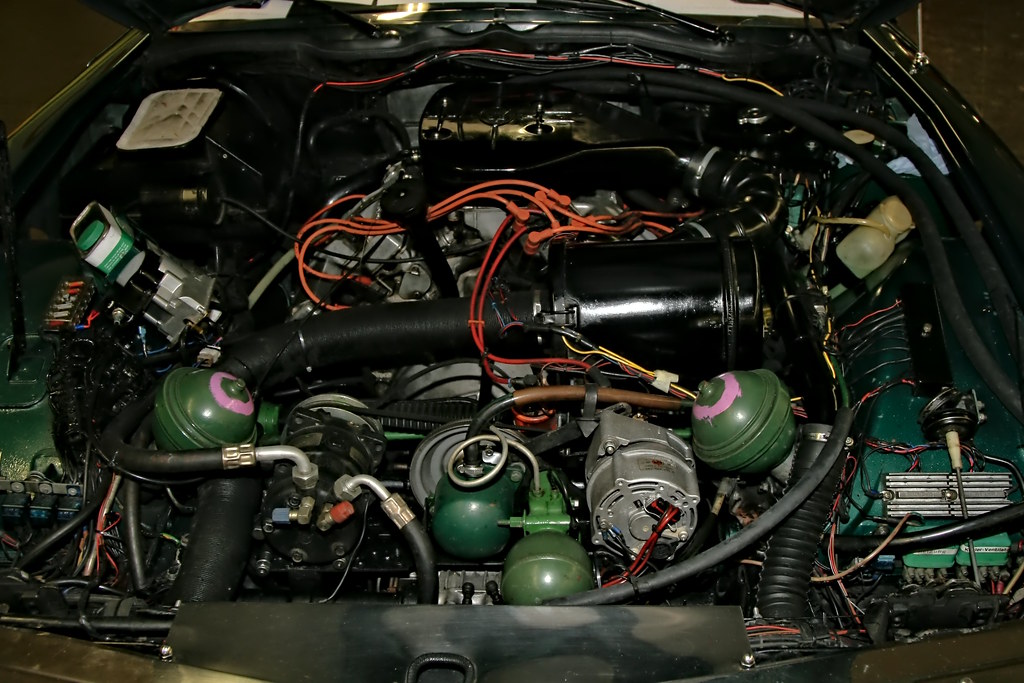
4. **The Crown Jewel: Maserati’s 3.0-liter Nettuno V6 Engine**
While the four-cylinder represents a step towards efficiency, the absolute crown jewel of Maserati’s new, in-house developed powertrains is undoubtedly the magnificent 3.0-litre Nettuno V6. This engine is a bold declaration of Maserati’s engineering prowess, designed to power its most exhilarating and performance-oriented vehicles with unbridled passion and technical sophistication.
What truly sets the Nettuno V6 apart is its highly innovative design and Formula 1-inspired pre-chamber combustion technology. This advanced system allows for a more efficient and powerful combustion process, optimizing performance and responsiveness. The engine features a distinctive 90-degree bank angle and is capable of making up to a staggering 631 horsepower in the MC20 GT2 Stradale, which stands as Maserati’s most track-focused offering to date, pushing the boundaries of what a road car can achieve.
A pivotal aspect of the Nettuno V6’s story is its origin: it is designed and built entirely in-house. Unlike previous engines that relied on external partnerships, this V6 is a 100% Maserati creation, crafted at the historic Viale Ciro Menotti plant in Modena. This commitment to internal development allows Maserati to fine-tune every detail, ensuring the engine perfectly encapsulates the brand’s unique DNA, blending Italian elegance with pure racing spirit.
This in-house development signifies Maserati’s absolute dedication to controlling its destiny, both in terms of performance and technological innovation. The Nettuno V6 is not merely an engine; it’s a statement, a testament to Maserati’s ability to engineer a powerplant that is both visceral and refined, purpose-built for high-performance sports cars and even competitive racing applications. It embodies the future direction of the brand’s most exclusive and dynamic models.
5. **The Persistent Ferrari DNA: Tracing the Nettuno’s Heritage**
Despite Maserati’s proud declaration of the Nettuno V6 being a 100% in-house creation, a fascinating subtle thread of Ferrari DNA still trickles through its lineage. This connection isn’t a direct manufacturing link but rather a testament to the interconnectedness of Italian automotive engineering. It’s a heritage that, far from being a drawback, contributes to the Nettuno’s allure, given Ferrari’s unrivaled reputation for crafting some of the world’s most charismatic and exotic engines.
The indirect link originates from the Nettuno’s design philosophy, which, according to insights, borrows from Alfa Romeo’s twin-turbo V6. This particular Alfa Romeo engine, famously found in the Giulia Quadrifoglio, is itself essentially a Ferrari V8 with two cylinders expertly removed. This indirect lineage means that while the Nettuno is distinctly Maserati in its execution and advanced technologies, it shares a conceptual foundation with engines revered for their performance and character.
This persistent, albeit indirect, Ferrari DNA is not a contradiction but rather an evolution. It allows Maserati to tap into a legacy of high-performance engineering excellence without being directly dependent on Ferrari for manufacturing. It provides a foundation of proven architectural principles, which Maserati’s engineers have then taken and significantly advanced with proprietary innovations like the Formula 1-inspired pre-chamber combustion system, making the Nettuno truly unique.
Moreover, the close relationship between Alfa Romeo and Maserati, both now under the Stellantis umbrella, suggests potential future collaborations. Speculation is already circulating that the upcoming replacements for the Alfa Romeo Giulia and Stelvio could be powered by the very same Nettuno V6. This indicates how Maserati’s in-house masterpiece might extend its influence across other high-performance brands within the group, further cementing its significance in the automotive landscape.
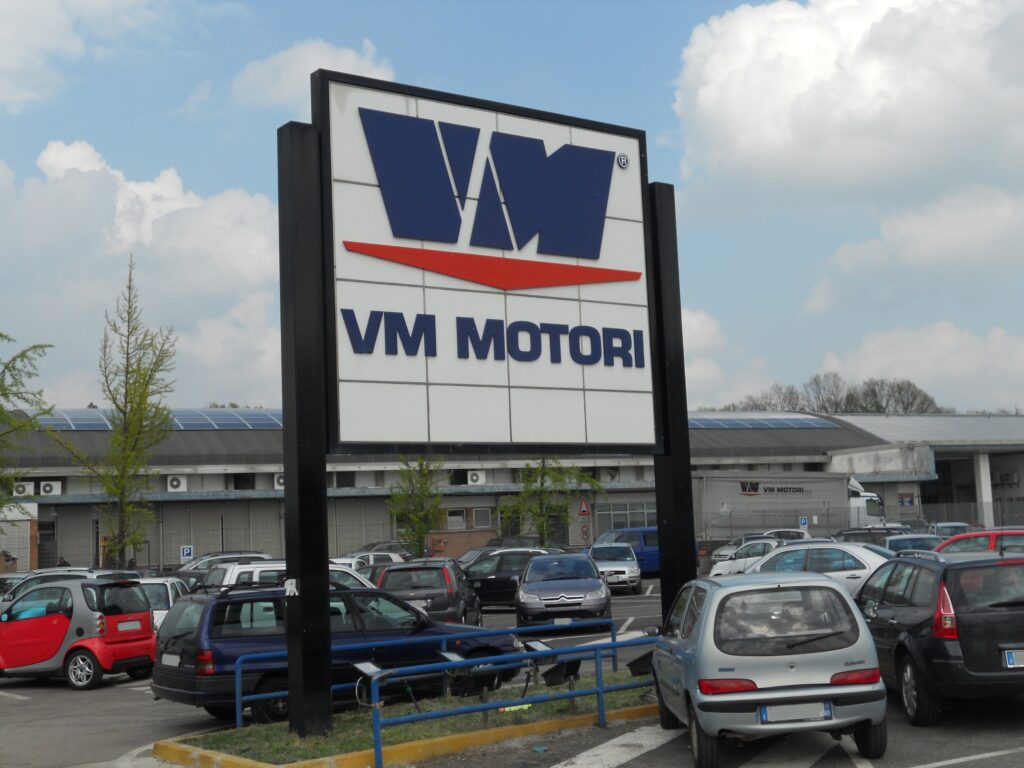
6. **VM Motori: Powering Maserati’s Diesel Offerings**
While the focus often gravitates towards Maserati’s high-performance gasoline engines, particularly the spectacular Nettuno V6 and the efficient 2.0-liter four-cylinder, it’s crucial to acknowledge another significant partnership that addressed a different market segment: VM Motori. This collaboration enabled Maserati to cater to customers who prioritized fuel efficiency alongside performance, especially in certain global markets.
VM Motori is an Italian diesel engine manufacturer renowned for its specialized expertise in creating robust and efficient diesel powerplants for various applications, ranging from automotive to marine uses. Their proficiency in this specific field made them an ideal partner for Maserati when the brand sought to diversify its engine portfolio to include diesel options for some of its models.
This strategic partnership allowed Maserati to offer diesel-powered cars, such as specific versions of the Ghibli and Levante, without the need to invest heavily in developing diesel engine technology entirely in-house. It was a pragmatic approach that enabled Maserati to quickly respond to market demands, providing a compelling blend of power and economy that appealed to a segment of luxury car buyers seeking lower running costs.
The diesel engines produced by VM Motori for Maserati were engineered to combine respectable power with impressive fuel efficiency and commendably low emissions. These characteristics further enhanced the overall appeal and versatility of Maserati’s lineup, demonstrating the brand’s adaptability and willingness to leverage external expertise to meet diverse customer needs while maintaining its commitment to a premium driving experience. It was a clear example of Maserati strategically collaborating to broaden its market reach.

